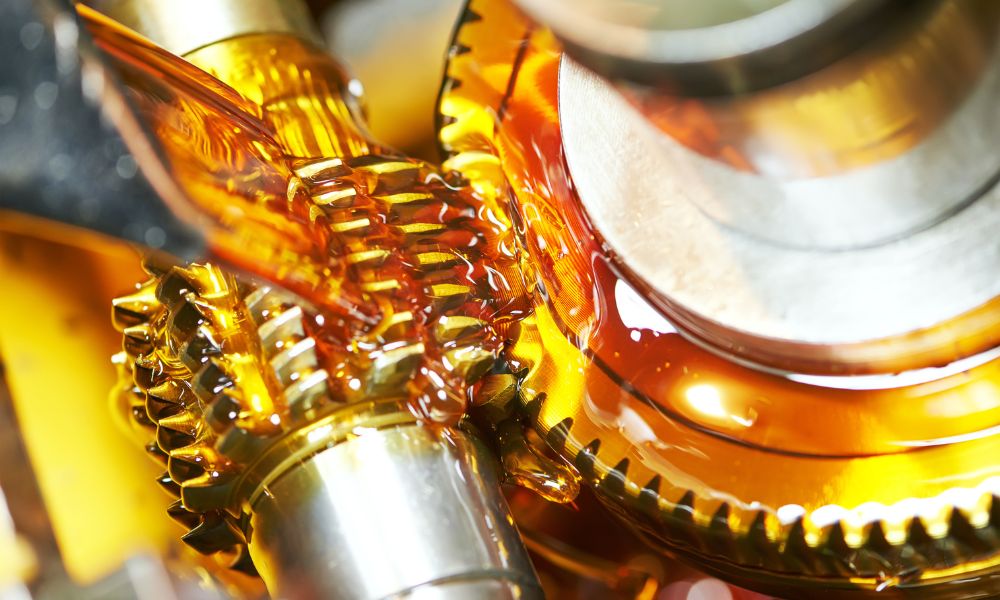
Machinery lubrication has just as many misconceptions as other maintenance methods floating around. These mistaken beliefs create confusion and false beliefs about proper maintenance practices. It’s time to debunk these myths once and for all. Here’s a blog on the common misconceptions about machinery lubrication every industrial worker needs to know.
Misconception 1: One Lubricant Works for All Applications
A common misconception about lubrication is that one distinct type is suitable for all applications. This information is incorrect. While multiple lubricants exist, each one is for different purposes. For instance, synthetic lubricants work well for high-temperature applications, but dry lubricants work in environments where liquid types fail. Selecting the proper lubricant based on the equipment manufacturer’s recommendations and the specific operating conditions is crucial.
Misconception 2: All Lubricants Are the Same
One other fallacy is that lubricants are the same. As stated above, every grease product has a different purpose, and the brand name doesn’t define that variation. Lubricants differ in their base oils, additives, and performance characteristics. For example, mineral oil-based lubricants have different properties than synthetic or vegetable oil-based lubricants. Gear oils and hydraulic fluids also have customized formulas for their applications. Understanding that not all lubricants are the same is vital.
Misconception 3: Adding More Lubricant Will Improve Performance
Many also believe adding copious amounts of lubricant increases the performance and longevity of equipment. However, excessive lubrication creates problems like leakage, increased heat generation, and reduced efficiency. Following the manufacturer’s manual on how often to lube a machine will save equipment from future issues.
Types of Lubricants
Lubricants come in three types: liquid, semi-liquid, and solid. Liquid lubricants act mostly as hydraulic fluids in machinery applications. They improve load-carrying capacity, lubricity, and the ability to dissipate heat. Semi-liquid oils have a base oil and a thickening agent. They provide lubrication when a liquid lubricant doesn’t stay put, like in gearboxes or wheel bearings. A solid lubricant is also called a dry lubricant. It uses graphite and PTFE. Dry lubricants have many uses where traditional liquids aren’t suitable, such as in vacuum environments or extreme temperatures.
By debunking these common misconceptions about lubrication and understanding their differences, you can make better-informed decisions regarding machinery lubrication and maintenance. This knowledge will help improve machinery performance, prolong equipment life, and reduce maintenance costs.






